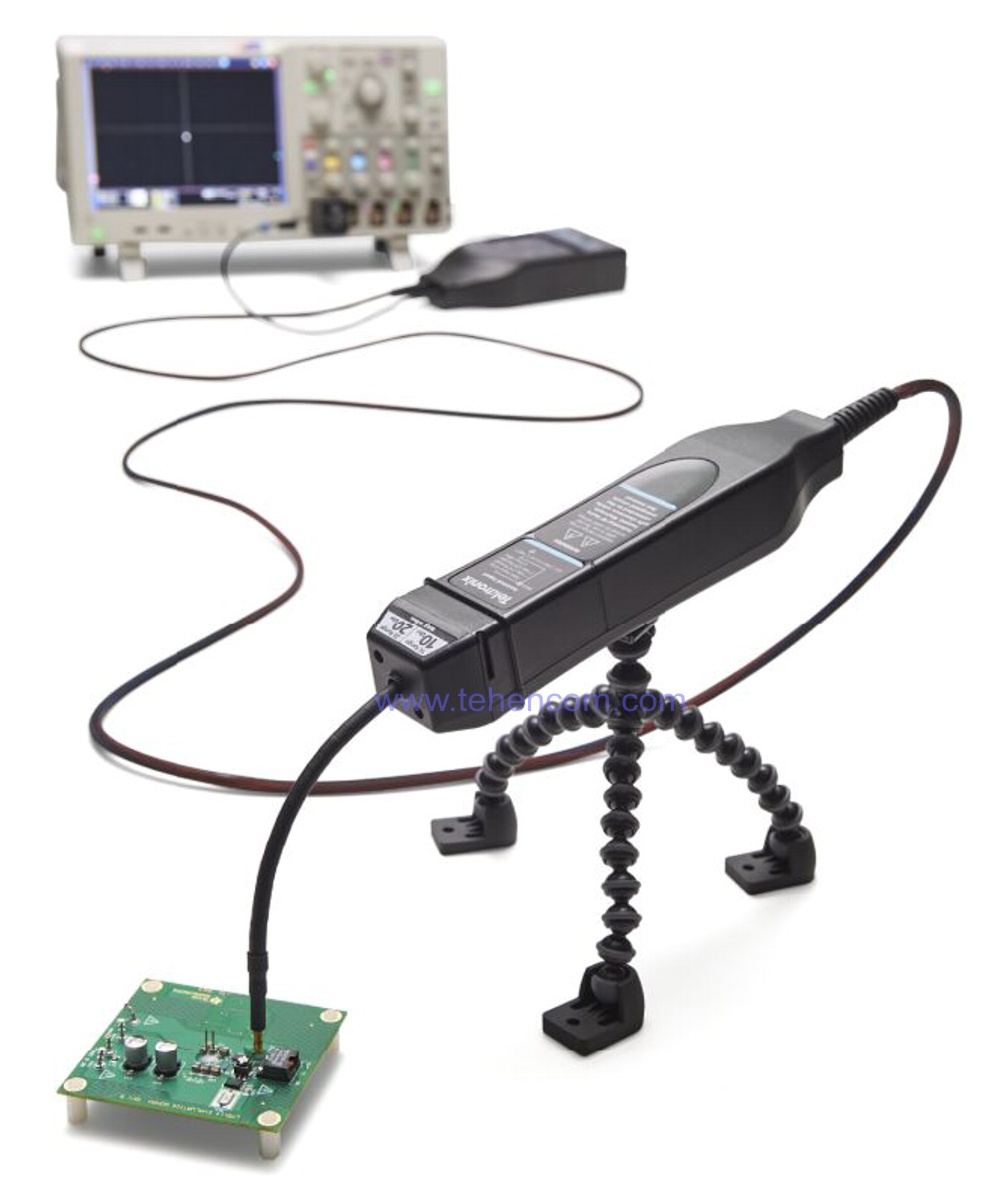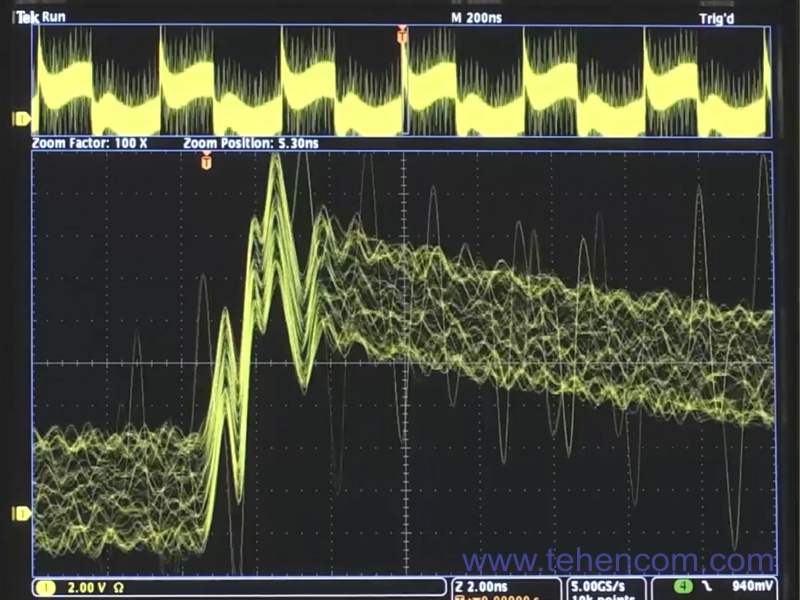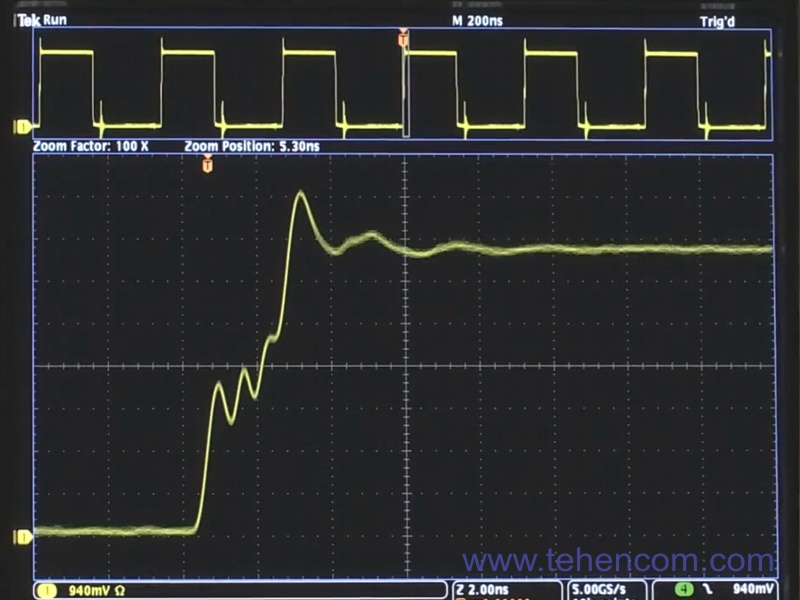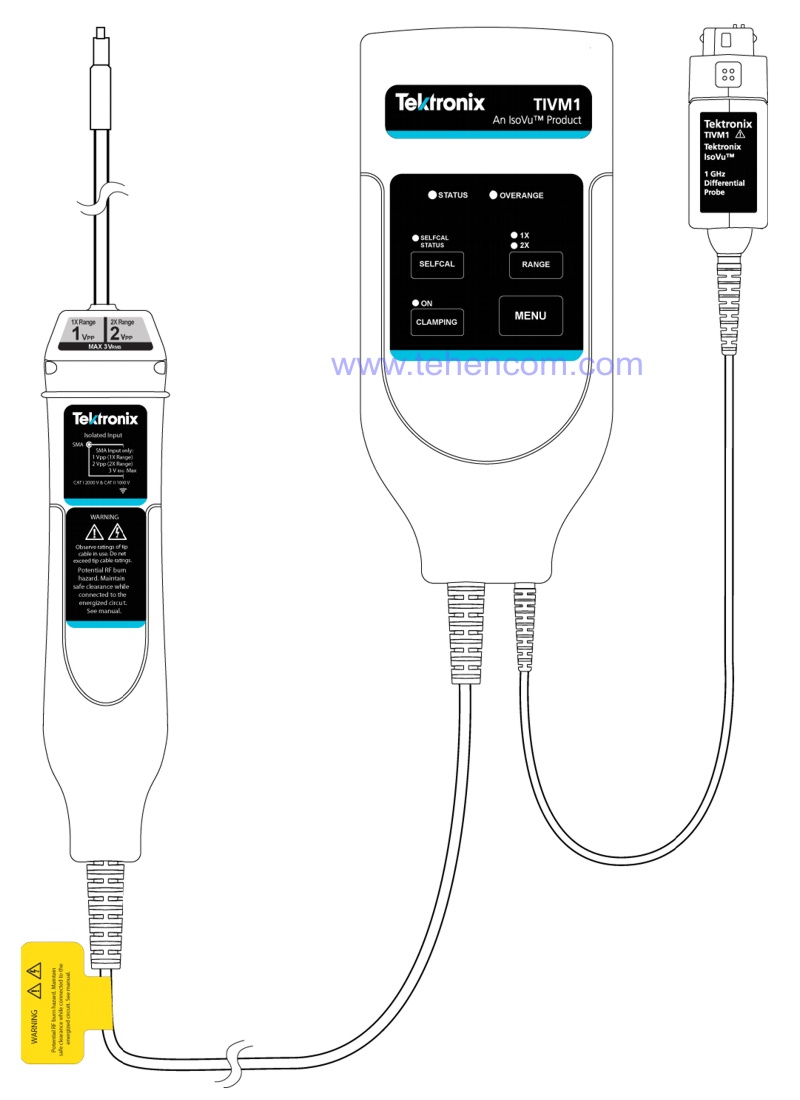Galvanically isolated measurement system up to 1 GHz Tektronix TIVM IsoVu

Product code: 1000421
Add item to cart. Our specialist will coordinate with you the complete set, tell you the price and delivery time.
Price on request
SHORT DESCRIPTION
Measuring system series Tektronix TIVM IsoVu is a revolutionary solution that provides accurate, galvanically isolated signal measurement up to 1 GHz bandwidth in the presence of common-mode voltages up to 2,000 volts. Galvanic isolation is ensured by the fact that the measuring signal is transmitted from the probe to the oscilloscope via an optical fiber. In this case, the probe is also powered through an optical fiber, which completely eliminates the electrical connection between the oscilloscope and the measurement object. The IsoVu system can connect to Tektronix oscilloscopes that have the TekVPI Active Probe Interface: Series MDO3000, series MDO4000C and etc.
The Tektronix IsoVu system is capable of solve complex measurement problems efficiently. Some typical applications for this innovative system include: complete galvanic isolation, high common mode, high frequency common mode noise, measurements in the presence of strong radio interference, ESD measurements, and many others. You can download a full description of all the characteristics below on this page in the section Documentation.
Tektronix TIVM IsoVu Series Key Features:
Frequency band: 200 MHz. Optical cable length: 3 meters (Tektronix TIVM02 model).
Frequency band: 200 MHz. Optical cable length: 10 meters (Tektronix TIVM02L model).
Frequency band: 500 MHz. Optical cable length: 3 meters (Tektronix TIVM05 model).
Frequency band: 500 MHz. Optical cable length: 10 meters (Tektronix TIVM05L model).
Frequency band: 1 GHz. Optical cable length: 3 meters (Tektronix TIVM1 model).
Frequency band: 1 GHz. Optical cable length: 10 meters (Tektronix TIVM1L model).
Common mode rejection: 120 dB (up to 100 MHz), 80 dB (up to 1 GHz).
Common mode: up to 2,000 V. Differential: ±50 V (DC + AC peak)
CAT I electrical safety certification (up to 2,000 volts peak).
Connects to Tektronix oscilloscopes equipped with TekVPI interface.
Measurement of small wideband signals with high common mode noise
All series of modern oscilloscopes are presented here: Oscilloscopes.
Tektronix IsoVu Isolated Measurement System Video Review
This video overview briefly highlights the unique features of the new Tektronix IsoVu galvanically isolated measurement system. The beginning of the video shows the result of a measurement made with a classic differential probe. It is obvious how much the real signal is distorted in the presence of large common mode noise, electromagnetic interference and interference on the test leads. Then, the same measurement is made using the innovative Tektronix IsoVu system, which is completely electrically isolated from the oscilloscope and has a common mode rejection ratio of 1:1,000,000. In a measurement made with the Tektronix IsoVu, completely free of interference, and the signal you are interested in can be seen with amazing clarity.
In the second part of this video showing design features Tektronix IsoVu systems: signal and power over fiber, three system options with different bandwidths, and five types of interchangeable tips with different signal attenuation ratios (from 1 to 50).
Comparison of differential probe and isolated IsoVu system
If it is necessary to measure small signals in the presence of large common mode or other types of noise, then using a classic differential probe can lead to such chaotic results, as shown in the photo below. The useful signal is drowning in interference.

The same signal measured with the Tektronix IsoVu system looks very clear. You can clearly see not only the signal itself, but also all the details of the transient process. Interference is eliminated due to the complete galvanic isolation of the measurement object from the oscilloscope, as well as record common-mode attenuation ratio. At frequencies up to 100 MHz, the common-mode signal is attenuated by a factor of 1,000,000, and at frequencies up to 1 GHz, the common-mode signal is attenuated by 10,000 times.

Typical Tektronix IsoVu Isolated System Applications
Given the innovative solutions on which the IsoVu system is built, it can be used very effectively to make reliable measurements in such applications:
- floating measurements, not tied to the ground level;
- power supplies based on GaN, SiC, IGBT transistors built according to bridge and half-bridge schemes;
- switching power supplies of all types;
- development and testing of voltage converters;
- development and testing of powerful devices;
- development of inverters;
- development of motor control devices;
- development of electronic ballasts;
- measurement of parameters of electrostatic discharges;
- current measurement with shunts;
- accurate measurements in the presence of strong electromagnetic interference;
- removal of the measuring probe from the oscilloscope at a distance of up to 10 meters.
IsoVu Isolated Measurement System Design Features
The figure below shows the main elements that make up the Tektronix IsoVu measurement system. The rightmost element in the figure connects to any Tektronix oscilloscope equipped with a TekVPI active probe interface (such as the MDO3000 or MDO4000C series). The large central element in the figure is the controller, which performs electro-optical signal conversion, as well as the functions of controlling the operation of the system. The leftmost element in the figure is a differential probe with a replaceable tip at the end to provide the desired signal attenuation. There are five types of tips in total, with attenuation levels: 1X, 5X, 10, 25X, 50X.

Documentation
This PDF documentation contains the most comprehensive description of the Tektronix TIVM IsoVu Electrically Isolated Measurement System features, specifications and modes of operation:
Tektronix IsoVu Measurement System Description (14 pages; 1 MB)
Tektronix IsoVu System User Guide (English) (82 pages; 2 MB)
And here you can find our tips and other useful information on this topic:
How to quickly choose an oscilloscope - selection criteria, typical applications and popular models
Passive voltage probes for oscilloscopes
How to buy equipment cheaper - discounts, special prices, demo and used devices
To simplify the process of selecting probes for an oscilloscope, you can use our experience and recommendations. We have over 20 years of practical supply experience and can immediately answer many questions about models, options, delivery times, prices and discounts. This will save your time and money. For this it's simple call us or write to us at E-mail and we will be happy to answer your questions.